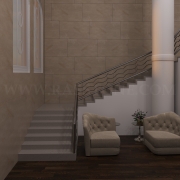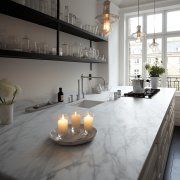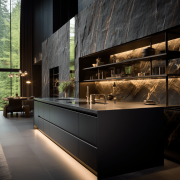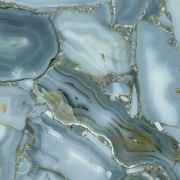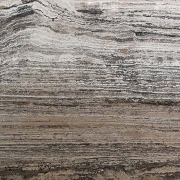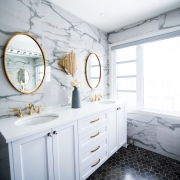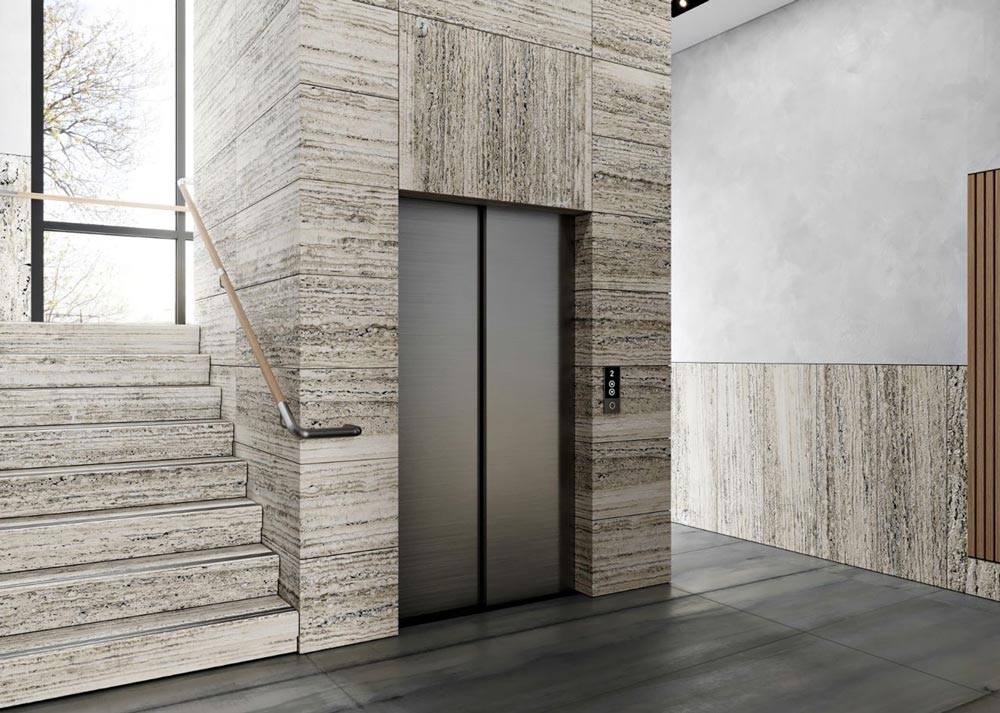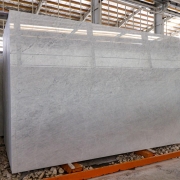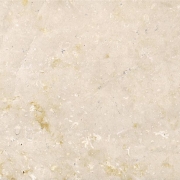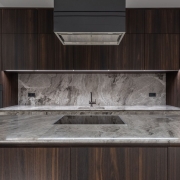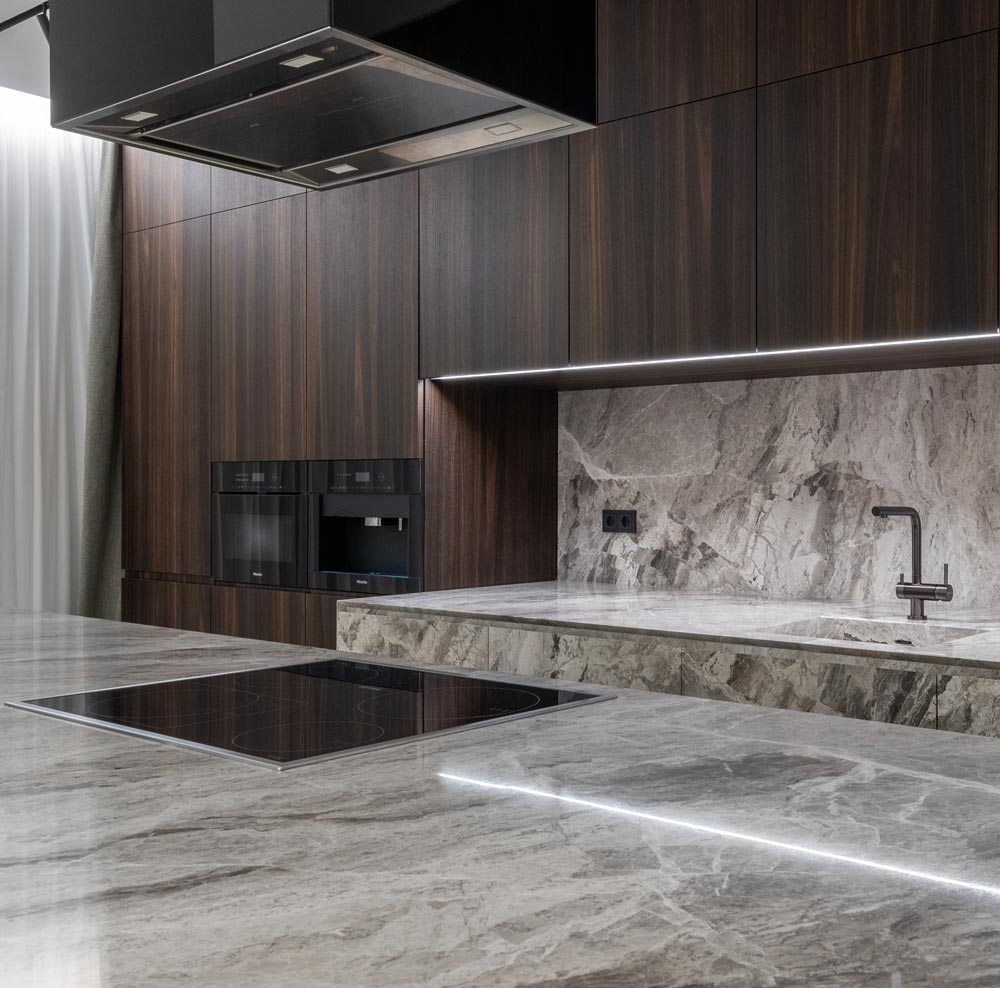The Best Kind of Natural Stone for Staircases: A Timeless and Durable Choice
When it comes to enhancing the elegance and durability of your staircase, natural stone is an exceptional choice. With its timeless beauty and robust qualities, it can transform any ordinary staircase into a remarkable focal point. In this article, we will delve into the best kind of natural stone for staircases, exploring their unique characteristics and benefits.
1. Marble: The Epitome of Luxury
Marble has long been associated with opulence and grandeur. Its smooth surface, intricate veining, and stunning color variations make it an ideal choice for staircase treads. Whether you prefer classic white Carrara marble or the dramatic beauty of Nero Marquina, marble offers a luxurious touch that never goes out of style.
2. Granite: Unmatched Durability
If durability is your top priority, granite is the perfect natural stone for your staircase. Known for its exceptional strength, resistance to scratches, and heat tolerance, granite is an excellent choice for high-traffic areas. Its wide range of colors and patterns ensures that you can find the perfect match for your home’s interior design.
3. Limestone: Timeless Elegance
Limestone exudes a timeless elegance that can effortlessly elevate any staircase. With its soft, earthy tones and natural texture, limestone creates a warm and inviting ambiance. While it may require more maintenance compared to other stones, proper sealing can enhance its durability and longevity.
4. Travertine: Rustic Charm
For those seeking a staircase with rustic charm, travertine is an excellent option. Its unique porous texture and earthy colors add character and warmth to any space. Travertine is also known for its slip-resistant properties, making it a safe choice for staircases.
FAQs:
Q: Which natural stone is the most durable for staircases?
A: Granite is renowned for its exceptional durability, making it an ideal choice for staircases.
Q: Can natural stone be slippery on staircases?
A: While some natural stones can be slippery when polished, options like travertine offer a textured surface that enhances traction and safety.
Conclusion:
In conclusion, choosing the best kind of natural stone for your staircase depends on your personal preferences, style, and budget. Whether you opt for the luxurious elegance of marble, the unmatched durability of granite, the timeless beauty of limestone, or the rustic charm of travertine, natural stone will undoubtedly enhance the overall appeal of your staircase. Explore the options available and select the one that resonates with your unique taste and requirements.

